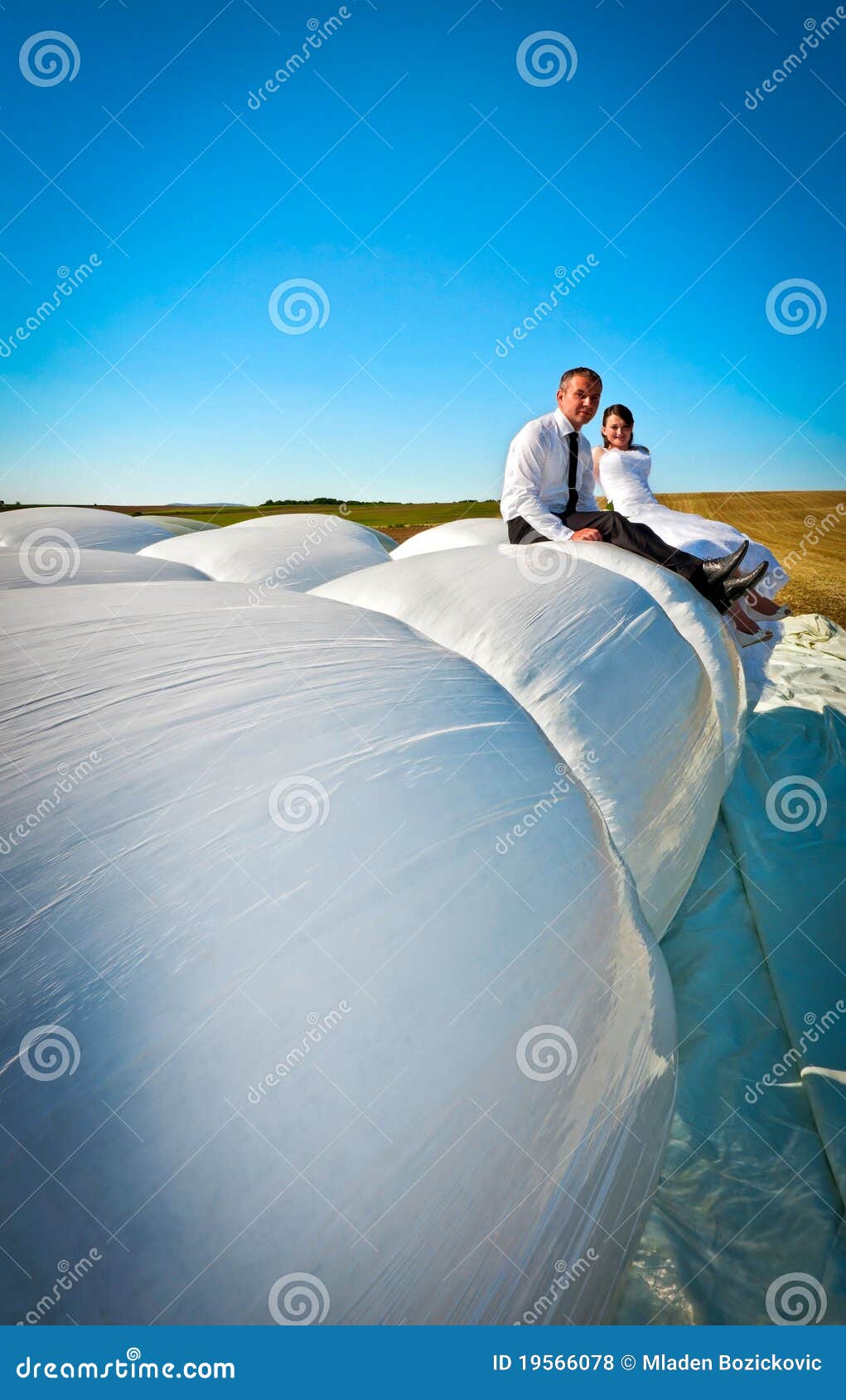
Learn what makes nature unleash her fury. Finally, closest to Earth’s surface are low clouds, which hover at or below 6,500 feet.įrom heat waves and hailstorms to typhoons and tornadoes, our planet's weather can be intense. Below that is the home of mid-level clouds, which generally occur between 6,000 and 25,000 feet. To create some order scientists have established three broad categories into which most clouds can be grouped.Īt the upper reaches of the troposphere you’ll find high clouds, which, depending on geographic location, occur between roughly 10,000 and 60,000 feet. As they rise and fall, they may appear in infinite variations.

Cloud atlasĬlouds generally form within the troposphere, or the layer of atmosphere closest to the earth. Much smaller than raindrops, cloud droplets are extremely light and amass while they float, mixing with air to form the fluffy formations we see suspended in the sky. They attract water vapor and as they ascend the vapor condenses to form liquid water or ice, which results in the formation of tiny globules called cloud droplets. These nuclei are everywhere in the atmosphere. The building blocks of clouds are water and particles-of dust, dirt, or sea salt-known as cloud condensation nuclei.
This makes them wonderful fodder for the imagination-at some point, hasn’t everyone looked heavenward and seen a fire-breathing dragon floating by? Aside from sparking creativity, clouds serve several important scientific purposes, from helping meteorologists predict the weather to facilitating life on Earth. From giant puffs billowing toward the sun to thin wisps slinking past the moon, clouds come in countless shapes and sizes.


 0 kommentar(er)
0 kommentar(er)
